This is the first blog in a multi-part series that examines the economic warfare China has been, and continues, to wage against the United States. In this blog series, we will examine who the adversary is, historic US and China trade history & immigration policy and China’s national initiatives. We will also review recently prosecuted cases of China’s Intellectual Property (IP) and trade secret theft from the US military, US defense contractors, US businesses and US universities. As well, we will examine the tactics China used/uses to perpetrate these massive thefts from the US. Our ultimate goal is to provide information that can be used by US targets of Chinese Economic Espionage exploits to better protect their valuable intellectual property and trade secrets for their benefit, and for the benefit of the US.
Part 1: Economic Espionage – Know Your Adversary
If you have watched the news or read newspapers at almost any time during the past few decades, you have likely heard reports that the People’s Republic of China (aka PRC, aka China) has been waging economic warfare against the United States. Webster’s dictionary defines economic warfare as “the use of, or the threat to use, economic means against a country in order to weaken its economy and thereby reduce its political and military power.” For decades, China has been strategically stealing valuable US intellectual property, trade secrets and human talent for China’s economic, political and military benefit. They have been, and still are, targeting US government agencies, US critical infrastructure, US defense contractors, US businesses and US universities.
What methods is China using to wage economic warfare against the US?
- Executing cyber-attacks to illegally obtain US government employee databases and information, and to infiltrate the communications of US government agencies, US defense contractors and US businesses.
- Sending Chinese government agents and Chinese nationals physically into US universities, US businesses, etc. to steal valuable US intellectual property, US trade secrets and to recruit US human talent.
- Using social media, university access and other clandestine means to recruit US human talent.
- And, persuading US citizens and Chinese nationals to otherwise assist with their diabolical plans on US soil.
What are China’s goals? The People’s Republic of China (PRC) has a “priorities list”, which is a wish list of sorts. Their current list, also known as their 14th Five Year Plan (for 2021-2025), is a grand strategic blueprint on how the Chinese government intends to steer the Chinese economy. Then, there is the Made in China 2025 plan, which is a broad umbrella industrial plan that includes ten sectors of industrial priorities. As well, there is China’s Thousand Talents Plan which the Chinese Communist Party used/is using to obtain technologies and expertise, including Intellectual Properties from the US (and other countries) by illegal or non-transparent methods. China’s goal is to leverage the stolen technologies with minimal costs to China. China has also restricted the sale of certain precious metals to the US that are necessary to produce technical and military equipment. Essentially, China has waged an economic war against the US to accomplish their strategic goals for 2025, 2050 and beyond.
What drives China? China does want to improve economic competitiveness. China’s does want to advance its position in the global manufacturing value chain. And, they do want to reduce reliance on foreign firms. But, ultimately China wants something greater. China has actually set its sights on becoming the richest and most powerful nation on earth. And, some would say they are pretty far down this path.
US & China Comparison – Statistics & Facts:
Below you will find statics and information that illustrate the differences between the US and China. The information is meant to provide a snapshot of each country to help bring perspective to the information and data that is provided in this and subsequent blogs in this series .
Type of Government:
The US is a federal democratic republic established by a constitution. The US has three distinct branches of government: executive, legislative, and judicial. The country is a union of fifty (50) sovereign states. The people of the US govern themselves and are represented by officials who are elected by the people (except for select positions.) All powers not delegated to the federal government are granted to the states.
The People’s Republic of China is a one-party state run by the Chinese Communist Party. China has three distinct branches of government: executive, legislative, and judicial. China adopted a constitution in 1982. Key figures in the Chinese government are 1) Chief of State, and 2) Head of Government. By far, the National People’s Congress, which is part of the judicial branch, wields the highest power of the government; it appoints the state council, president, and judges. The national people’s congress has 2987 members; these members are indirectly elected by regional legislatures.
Population:
Source: https://countryeconomy.com/countries/compare/china/usa?sc=XE23
Economic Value: 2019
Source: https://data.worldbank.org/indicator/NY.GDP.MKTP.CD?most_recent_value_desc=true
GDP Per Capita: 2000-2019 US & China
Gross Domestic Product (GDP) per Capita is a metric that identifies a country’s economic output per person. It’s comprised of the country’s GDP divided by the population of that country.

Source: Macrotrends.net
Relationship Between Government & Business(es):
The are several US government run businesses (e.g. Amtrak, US Postal Service, etc.), as well as city/state government run businesses. These businesses provide public services, yet are legally separate from the federal government to remain nonpartisan. But, most US businesses are not owned by the US government. And, most of the US business economy is derived from small non-government owned businesses. “The 2022 Small Business Profiles show the United States is home to 33.2 million small businesses employing 46.4% of the private workforce.” Source: https://advocacy.sba.gov/2022/08/31/advocacy-releases-2022-small-business-profiles-for-the-states-and-territories/
In 2012, private firms in China “were responsible for about 50% of all investment in China and about 75% of economic output. Since 2012, private, market-driven growth has given way to a resurgence of the role of the state. In 2017, China introduced a new national intelligence law that states “any organization and citizen shall support and cooperate in national intelligence work”. Source: https://www.theguardian.com/world/2019/jul/25/china-business-xi-jinping-communist-party-state-private-enterprise-huawei
Trade:
China US
Source: https://countryeconomy.com/countries/compare/china/usa?sc=XE23
Exports: 2000-2019 US & China
Source: Macrotrends.net
Wages:
In the US in 2019 (the most recent statistics available from the US Social Security Administration), the average US salary was USD “$54,099.99/year”. Note that the US minimum wage was $7.25/Hr. in 2019, which has not increased in over 10 years. Source: https://www.ssa.gov/oact/cola/AWI.html
“In China in 2019, the average annual salary was 93,383 Yaun” or USD $14,104/year. The minimum wage in China in 2019 was CNY $2,480.00/Mo. or US $386.50/month. Note that this wage is relevant for Shanghai only, since Shanghai pays the highest wages. Each province, city or other administrative unit sets its own minimum wage according to its local economic conditions.” Source: https://tradingeconomics.com/china/wages
Immigration: 1960-2015 US & China
Source: Macrotrends.net
International Patents by Year: China & US
Source: World Intellectual Property Organization
Chinese Immigration into the US: 1960-2020
“The United States is the top destination for Chinese immigrants, accounting for almost 27 percent of the more than 12 million Chinese living outside of China, according to mid-2019 estimates by the United Nations Population Division.” Source: https://www.migrationpolicy.org/article/chinese-immigrants-united-states-2018#:~:text=The%20population%20of%20Chinese%20immigrants,the%20overall%20foreign%2Dborn%20population.&text=Chinese%20immigration%20in%20the%20United%20States%20has%20a%20long%20and%20fraught%20history.
Universities/Colleges:
Institution Statistics:
“In the US, there were 3,982 degree-granting postsecondary institutions as of the 2019-2020 school year. There were 1,625 public four-year and two-year colleges; 1,660 private nonprofit four-year and two-year schools; and 697 for-profit schools in fall 2019.” Source: https://www.usnews.com/education/best-colleges/articles/how-many-universities-are-in-the-us-and-why-that-number-is-changing#:~:text=The%20short%20answer%3A%20There%20were,National%20Center%20for%20Education%20Statistics
In China in 2019, the number of public colleges and universities amounted to 2,688. These included 1,265 universities and 1,423 higher vocational colleges. The total number of colleges and universities increased significantly in the last decades. Source: https://www.statista.com/statistics/226982/number-of-universities-in-china/
Students:
“In fall 2018, total US undergraduate enrollment in degree-granting postsecondary institutions was 16.6 million students, an increase of 26 percent from 2000, when enrollment was 13.2 million students. Total undergraduate enrollment increased by 37 percent (from 13.2 million to 18.1 million students) between 2000 and 2010, but decreased by 8 percent (from 18.1 million to 16.6 million students) between 2010 and 2018. Total undergraduate enrollment is projected to increase by 2 percent (from 16.6 million to 17.0 million students) between 2018 and 2029.” Source: https://nces.ed.gov/programs/coe/indicator_cha.asp
“China is the main source of foreign students enrolled in U.S. higher education, and its nationals received the second-largest number of employer-sponsored H-1B temporary visas in fiscal year 2018, after Indians. Chinese nationals received nearly half of EB-5 investor green cards in 2018.”Source: https://www.migrationpolicy.org/article/chinese-immigrants-united-states-2018#:~:text=The%20population%20of%20Chinese%20immigrants,the%20overall%20foreign%2Dborn%20population.&text=Chinese%20immigration%20in%20the%20United%20States%20has%20a%20long%20and%20fraught%20history.
“As of 2019, around 30.3 million students were enrolled in public colleges and universities in China, with approximately 490,000 foreign students among them in 2018. The total enrollment rate in tertiary education increased from less than ten percent in the late 1990s to over 51 percent by 2019. The number of university teachers grew accordingly, keeping the average university student to university teacher ratio around 18 to 1.” Source: https://www.statista.com/statistics/226982/number-of-universities-in-china/
Key Take Aways from Economic Espionage: China’s Economic Warfare Against the United States Part 1: Know Your Adversary:
- China’s 14th 25 Year Plan is a grand strategic blueprint on how the Chinese government intends to steer the Chinese economy.
- The PRC’s “Made in China 2025” is a broad umbrella industrial plan that includes ten sectors of China’s industrial priorities.
- China’s Thousand Talents Plan is a strategic plan to obtain technologies and expertise, including Intellectual Properties from the US (and other countries).
- The PRC is a fast growing economy and military power that is run by the Chinese government (Chinese Communist Party), not by a free people or free market economy.
- China will do whatever is necessary to accomplish their strategic plan(s) including steal IP, know-how and talent.
- If you are involved with a technology, have knowledge of manufacturing know-how or have a talent that aligns with one or more of China’s national priorities/plans, you will likely be targeted in one form or another.
Disclaimer: The People’s Republic of China, PRC, China and Chinese references in this blog are used to reference China as a country/government. No references herein should be construed as a reflection on the character or motives of individual Chinese/PRC citizens, US Chinese immigrants or Chinese foreign nationals.
About the Author:
J.D. LeaSure, CCISM, is the President / CEO of ComSec LLC, a global provider of world class counterespionage and TSCM / Cyber TSCM™ services. www.ComSecLLc.com
Coauthored by Lisa LeaSure, Director of Operations, ComSec LLC.
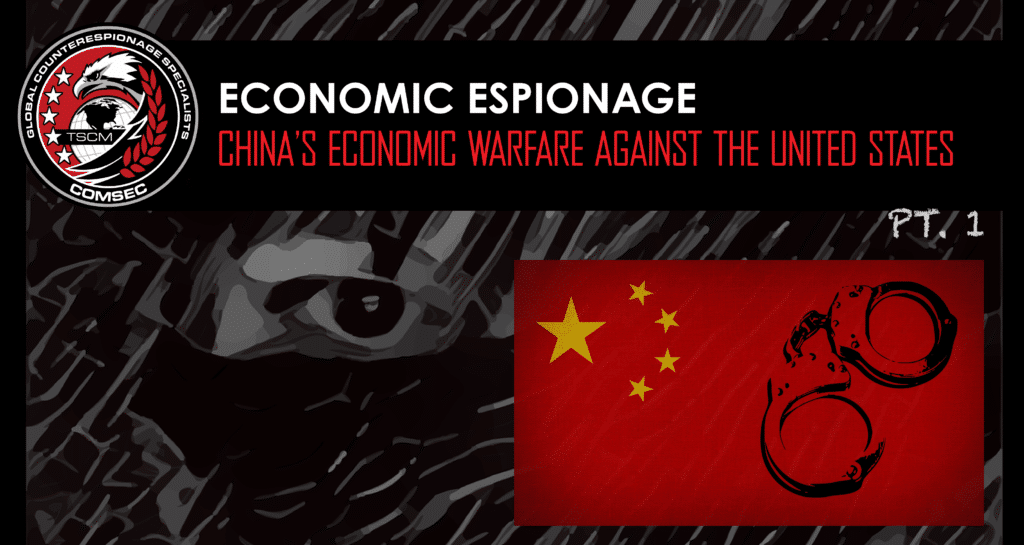
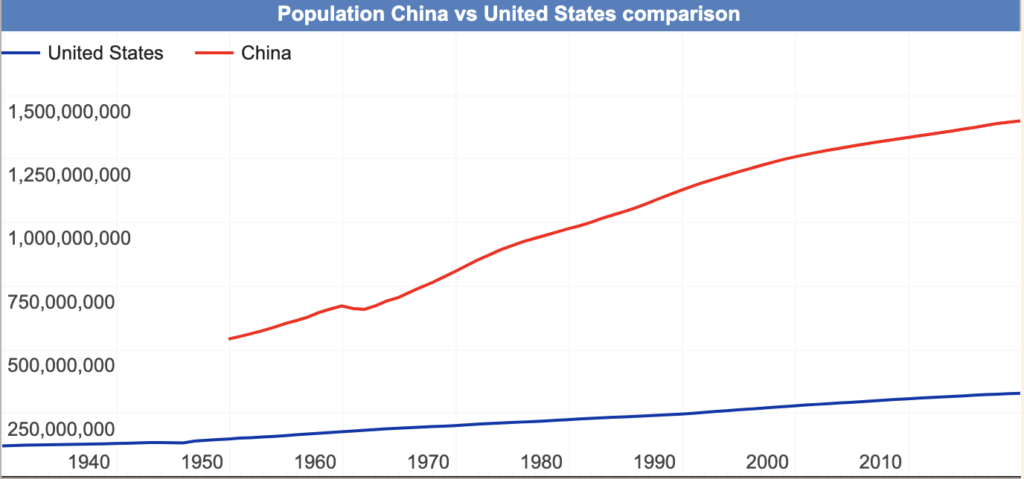


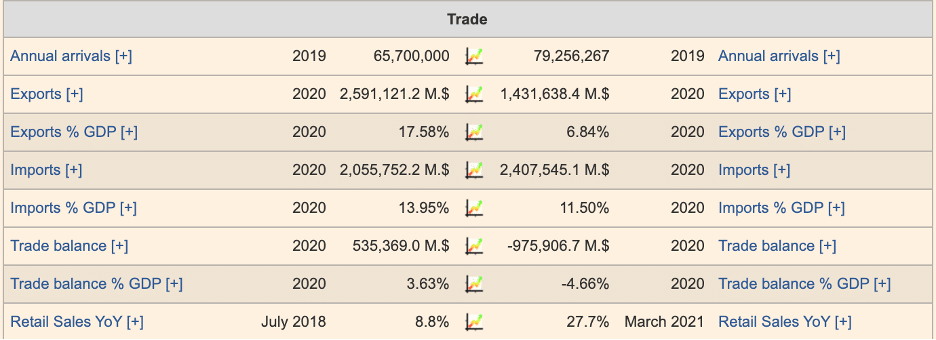
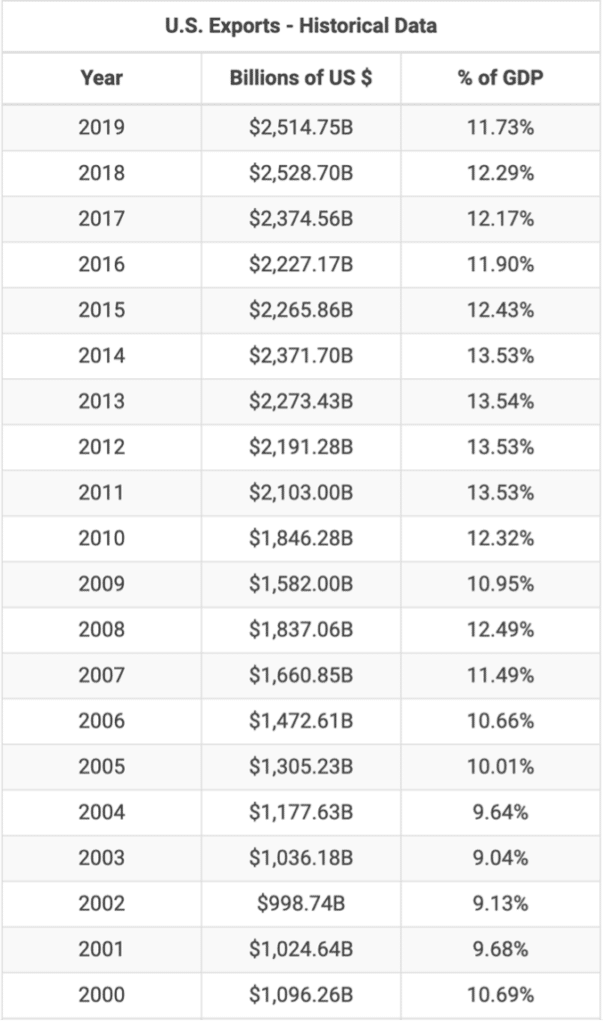

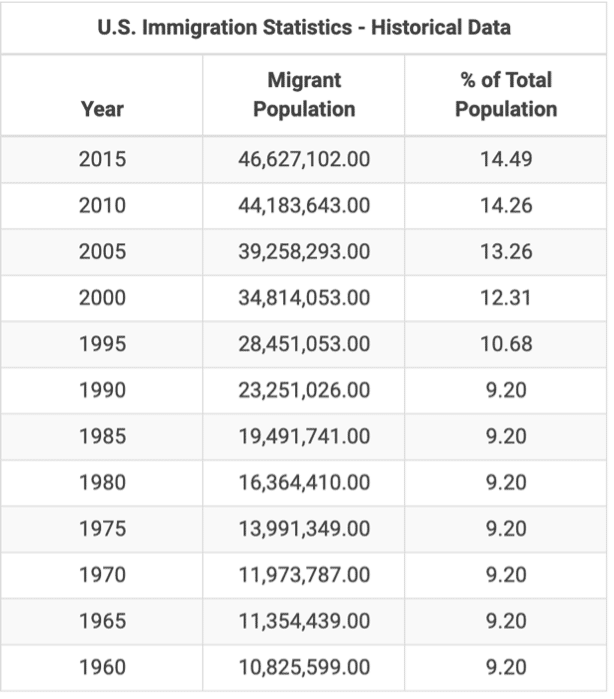
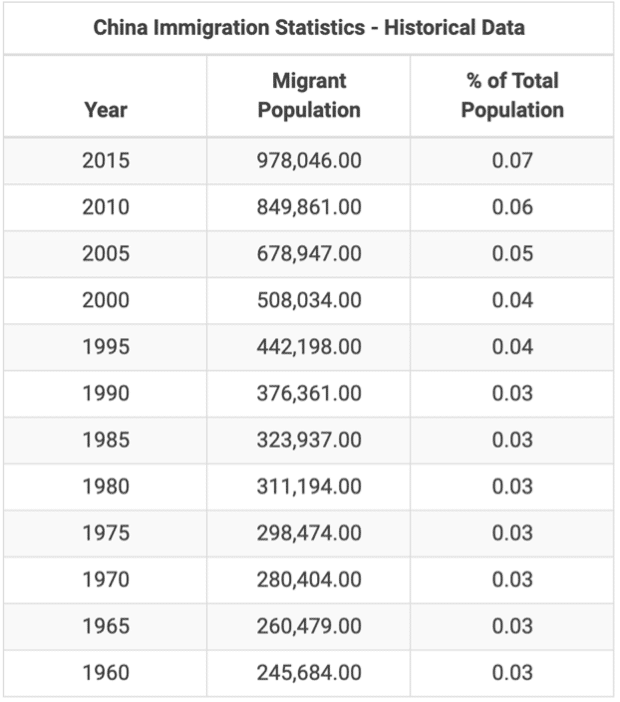
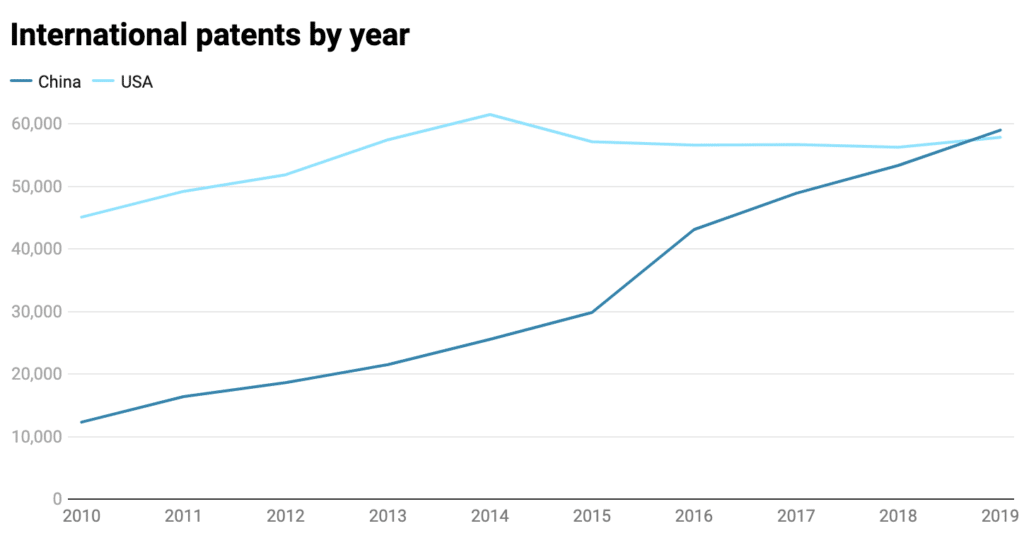
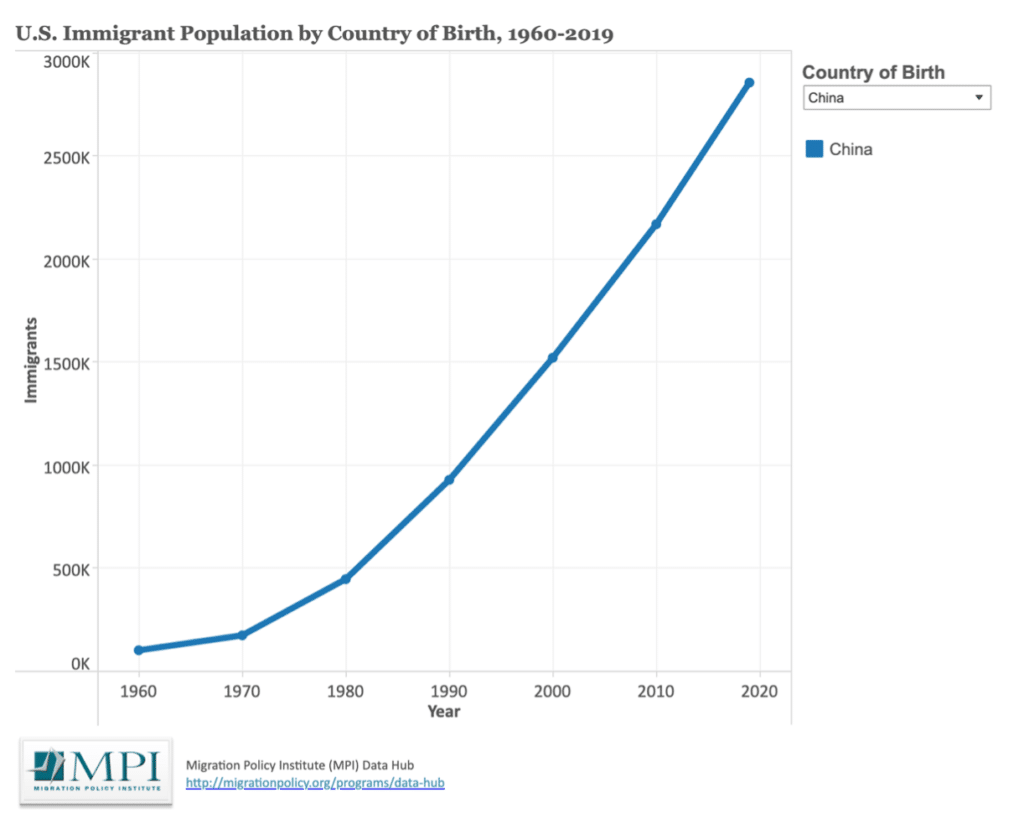

One comment on “Economic Espionage: China’s Economic Warfare Against the United States Part 1”